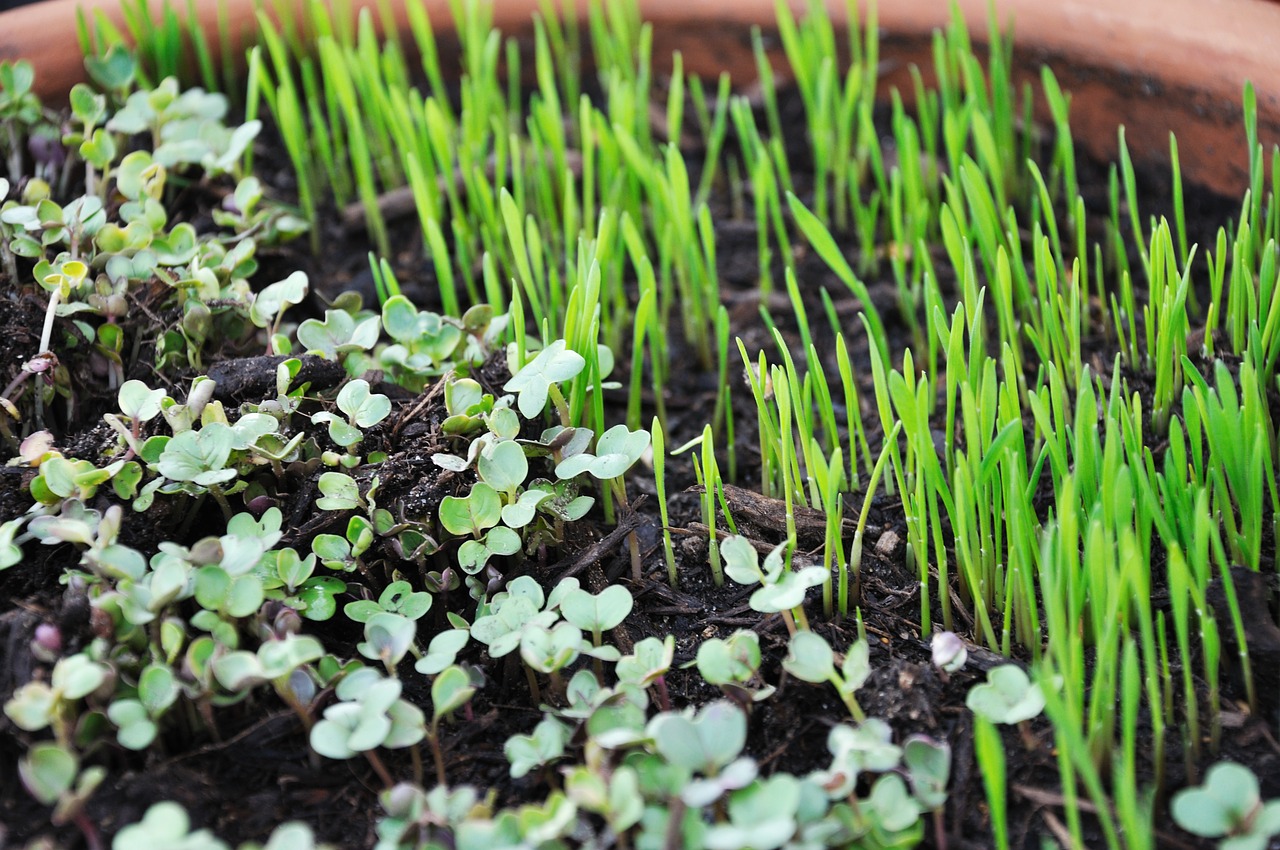Can American Soil Be Brought Back to Life?
A new idea: If we revive the tiny creatures that make dirt healthy, we can bring back the great American topsoil. But farming culture — and government — aren’t making it easy.
Author: Jenny Hopkinson | Published: September 13, 2017
Four generations of Jonathan Cobb’s family tended the same farm in Rogers, Texas, growing row upon row of corn and cotton on 3,000 acres. But by 2011, Cobb wasn’t feeling nostalgic. Farming was becoming rote and joyless; the main change from one year to the next was intensively planting more and more acres of corn and soy, churning up the soil and using ever more chemical fertilizers and herbicides to try and turn a profit.
“I’d already had the difficult conversation with my dad that he would be the last generation on the farm,” Cobb said.
While looking for a new job, Cobb stopped into a local office of the U.S. Department of Agriculture to pick up some paperwork. That day, the staff was doing a training session on soil health. He stayed to watch and was struck by a demonstration showing a side-by-side comparison of healthy and unhealthy soils.
A clump of soil from a heavily tilled and cropped field was dropped into a wire mesh basket at the top of a glass cylinder filled with water. At the same time, a clump of soil from a pasture that grew a variety of plants and grasses and hadn’t been disturbed for years was dropped into another wire mesh basket in an identical glass cylinder. The tilled soil–similar to the dry, brown soil on Cobb’s farm—dissolved in water like dust. The soil from the pasture stayed together in a clump, keeping its structure and soaking up the water like a sponge. Cobb realized he wasn’t just seeing an agricultural scientist show off a chunk of soil: He was seeing a potential new philosophy of farming.
“By the end of that day I knew that I was supposed to stay on the farm and be part of that paradigm shift,” Cobb said. “It was that quick.”
The shift he’s talking about is a new trend in agriculture, one with implications from farm productivity to the environment to human health. For generations, soil has been treated almost as a backdrop — not much more than a medium for holding plants while fertilizer and herbicides help them grow. The result, over the years, has been poorer and drier topsoil that doesn’t hold on to nutrients or water. The impact of this degradation isn’t just on farmers, but extends to Americans’ health. Dust blowing off degraded fields leads to respiratory illness in rural areas; thousands of people are exposed to drinking water with levels of pesticides at levels that the Environmental Protection Agency has deemed to be of concern. The drinking water of more than 210 million Americans is polluted with nitrate, a key fertilizer chemical that has been linked to developmental problems in children and poses cancer risks in adults. And thanks to some modern farming techniques, soil degradation is releasing carbon—which becomes carbon dioxide, a potent greenhouse gas—instead of holding on to it. In fact, the United Nations considers soil degradation one of the central threats to human health in the coming decades for those very reasons.

